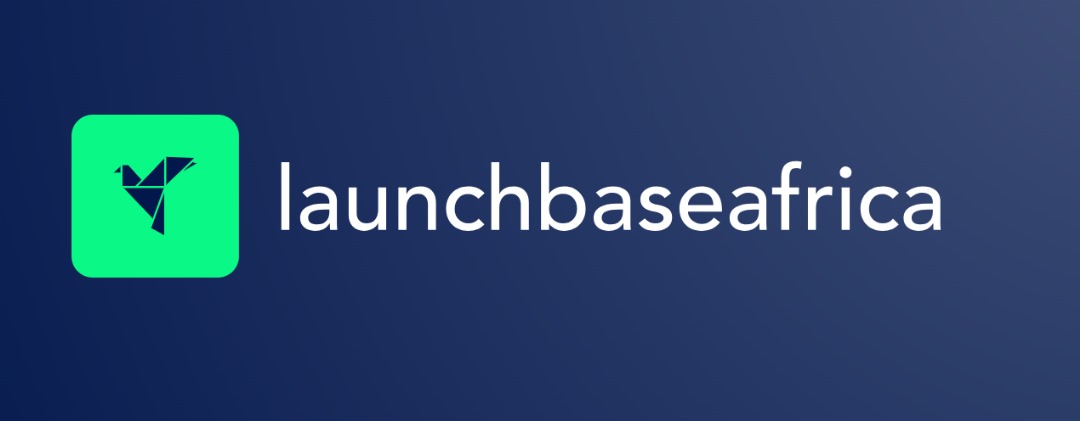A recalibration is underway within the nascent African digital asset landscape. In the wake of a bruising period for cryptocurrencies that saw valuations plummet and confidence erode, a more circumspect cohort of investors is beginning to selectively re-engage with the continent’s fintech sector. Their focus: stablecoin-centric African ventures, perceived as offering a pragmatic and less volatile entry point into the promise of blockchain-based finance, particularly within markets grappling with currency instability and inefficient payment infrastructure.
This cautious resurgence is underpinned by recent investment activity. Nigerian platform IvoryPay, which facilitates stablecoin payments for businesses, has secured backing from the Hedera distributed ledger network. Founded in 2022 by by Opeyemi Akinremi and Charles Olanrewaju, IvoryPay reports processing over $80 million in transactions for a merchant base exceeding 8,000 across Nigeria, Ghana, Kenya, and South Africa. Its proposition hinges on enabling businesses to transact and settle in stablecoins, digital currencies pegged to a fiat currency like the US dollar, which already constitute a substantial 43% of cryptocurrency transaction volume in sub-Saharan Africa, according to Chainalysis data.
Hedera’s investment is illustrative of a broader trend. Last month, Dubai-based Mansa, a fintech targeting liquidity challenges in cross-border payments across emerging markets — with an initial focus on Africa — closed a $10 million seed funding round. Notably, stablecoin issuer Tether led the equity component of this raise. Mansa’s model centres on providing instant settlement and pre-funding solutions using stablecoins, aiming to alleviate cash flow bottlenecks for payment companies operating in regions where traditional financial rails are often inefficient and costly.
“Payments are inevitably moving on-chain, but this transition requires robust on-chain liquidity for immediate settlement,” Mouloukou Sanoh, Mansa’s chief executive, told TechCrunch. “Our collaboration with Tether is therefore crucial, allowing us to establish USDT as a leading stablecoin within emerging economies.”
Mansa’s claims of rapid growth — exceeding $18 million in payments processed within its first six months and a projected $1 billion annualised payment volume — are contributing to a narrative of resilient demand for stablecoin solutions, even amidst broader crypto market volatility.
This renewed investor appetite arrives after a period of significant contraction and retrenchment within the African cryptocurrency startup ecosystem. Several ventures, including Buycoins Pro, Lazerpay, Bundle Africa, and Vibra, have ceased operations in recent months, citing factors ranging from funding pressures to regulatory ambiguities and strategic shifts. These closures served as a stark reminder of the speculative nature of the wider crypto market and the inherent challenges in building sustainable businesses within this evolving sector.
However, the emerging narrative suggests a discerning shift in investor sentiment. While the allure of highly volatile cryptocurrencies may have waned, stablecoin startups are increasingly being assessed for their potential to address specific infrastructural deficits within African financial systems.


